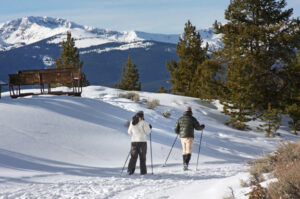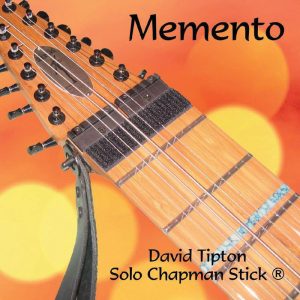By Jan MacKell Collins
At 10,846 feet in elevation, Marshall Pass remains among one of Colorado’s precarious roads. The pass, located in the Sawatch Range between Salida and Gunnison, was discovered by Lieutenant William Marshall in 1873 as he was making a mad dash in search of a Denver dentist for a bad toothache. But Marshall’s painful trip was nothing compared to the wild ride experienced by Denver & Rio Grande Railroad (D&RG) engineer Nelson Edwards, and engine fireman Charles Whitehead.
The D&RG was built over Marshall Pass during 1880-1881. Shortly after the rails reached Gunnison, however, stories began circulating of a “ghost train” on the pass, the sight of which had caused other engineers to quit out of fright. Nelson and Whitehead had paid no heed to the tales, making several trips over the pass over a two-month period without incident. One evening, however, Nelson guided a passenger train toward the pass with a feeling of foreboding. Perhaps it was because of a weakened bridge and a defective rail, both of which lay ahead on this snowy night. Others would later say that Nelson’s heightened sense of danger was due to the hair-raising specter he was about to see.
The train had just passed through a snowshed when the men heard the warning whistle of another train. The signals continued as the unseen train came nearer, but when Nelson heard the conductor’s signal to stop, he brought his train to a stand-still. Next, the conductor appeared, demanding to know why Nelson stopped. “What did you pull the bell cord for?” the engineer responded. “You’re crazy,” the conductor answered, “now pull her wide open, there’s a wild train a-climbing up on us!”
Edwards opened the throttle as the wheels struggled for a purchase on the rails, and Whitehead shoveled coal madly into the fire. Over the next several minutes, the men listened in terror as warning blasts came from the approaching runaway. The D&RG cars were now rocking precariously, awakening panicked passengers and breaking through icy snowdrifts as they sped down the tracks. As the runaway came into view, Edwards was horrified to see a “white figure” atop one of the cars, waving wildly. A short distance later, the engineer vainly veered onto a side track as the runaway train came up on his side. Glancing over, Edwards saw “two extremely white figures in the cab. The specter engineer turned a face to him like dough and laughed.”
Alas, Edwards was going so fast that the runaway could not pass. As he guided the train back in front, the “ghostly fireman” in the other engine maniacally sounded the whistle. Now, the D&RG train was approaching the damaged bridge, but miraculously sailed right over it. A minute later, Edwards sighted a dozen or so section workers toiling over the broken rail ahead. There was no time to slow down; when the man applied the brakes, he felt the wheels stopping even as the train continued gliding along the icy rails. The train ran right through the workers, whose forms parted like wisps of powdery snow. Edwards looked back just in time to see the runaway hit the broken rail, jump the track, and plunge over the embankment.
When their hearts ceased pounding, Edwards and Whitehead puzzled over what they were sure was the phantom train so many had spoken of before. The men’s hearts thudded again, however, when they spotted a cryptic and badly-spelled note etched in the frost of the fireman’s window: “Yeers ago a frate train was recked as yu saw – now that yu saw it, we will never make another run. The enjine was not ounder control and four sexshun men wore killed. If you ever ran on this road again yu will be wrecked.”
To date, no documentation supports the death of four section workers on Marshall Pass, although a wreck in November of 1888 did kill two men on the train, including the fireman. As for Nelson Edwards, the engineer quit his job the minute the train reached Green River, Utah, and went to work for the safer, and ghost-free, Union Pacific Railroad out of Denver.
Jan MacKell Collins writes about the more interesting aspects of Colorado’s past, including its spectral history.


